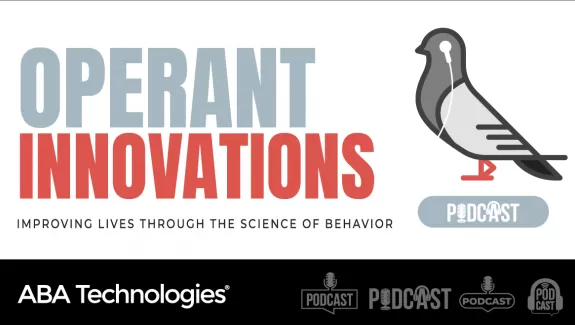Janis Allen briefly discusses how changing the way we practice employee feedback and expectations can increase productivity and morale.
Want to learn more? Take Janis Allen's courses:
- Responsibility, Authority and Delegating for Supervisors
- Performance Scorecards: Design, Implementation and Reinforcement
Similar Course -
- Leading Lean/Six Sigma in Healthcare: Making the Changes Last - Mike McCarthy
Transcript
Speaker 1 (00:02):
I didn't know I had the authority. These are not words we like to hear in our organizations. A woman in severe pain was taken to a hospital emergency room. On Christmas day. She was told by the charge nurse that medicine could not be prescribed until she was admitted into a regular hospital room, but it was flu season and no beds were available. Finally, a family member asked to speak to the nursing supervisor after several hours, the nursing supervisor came back and assigned the patient to an ICU room where a doctor prescribed the appropriate medicine and the patient began to feel better when the charge nurse was later, asked why he didn't send the patient to the ICU room earlier. He replied, I didn't know I had the authority. If he had known he could do it, the patient could have received the medication and began healing and feeling better hours earlier that bed in the emergency room and the ER staff could have been freed up to take care of other incoming patients more quickly, and a lot of fear and frustration of the patient and her family could have been prevented.
Speaker 1 (01:10):
This lack of understanding is unfortunately present in too many situations within organizations, the problems it causes. Well, it prevents people from serving customers and clients and patients efficiently. It creates bottlenecks and stress for the people at higher levels like that nursing supervisor, who was probably off solving lots of other problems, which is why it took her so long to get to the patient in the story. It fails to fully take advantage of the decision making of people on the front lines or the lowest levels where these problems arise first. So don't let this happen in your job in your organization. You know, sometimes employees just don't have a clear understanding of the results, behaviors, and decisions they're responsible for. They don't know the authority. They have to decide and act on these decisions. I've seen this happen often. Many organizations have depended on just annual or quarterly performance appraisals to set expectations and give feedback to employees.
Speaker 1 (02:17):
But often these tools are a one size fits all tool. They're not customized for each employee. Very often. They're subjective using vague and general terms for their ratings like needs improvement or meets expectations. Unfortunately, employees come away from these conversations without learning much of anything about their performance, their goals, their supervisor specific expectations, or their own levels of authority to make decisions. At the beginning of my career, I was one of those nagging HR managers, whose responsibility was to get all the supervisors and managers in our manufacturing plant to complete annual appraisals for every one of their employees. And some of them had as many as 24 people reporting to them. The supervisors and managers hated to see me coming ignored my phone calls and hid from me as best they could. I didn't enjoy being the chaser any more than they enjoyed being the chased.
Speaker 1 (03:19):
I'd say that the typical performance appraisal is four D dreaded, delayed and done under duress, but it doesn't have to be that way. Making expectations clear and measurable, doesn't have to be four D it doesn't have to be negative. In fact, it can become positive, very positive. How? By creating and using the 100% objective and employee created performance scorecard, what is this magical tool? What is the scorecard? Well, it's a one page measurement tool of the five highest priority goals for an individual. It's personalized for each employee. It's, co-created from scratch by the supervisor and the employee with the supervisor showing her employee, her own scorecard. As an example, that makes it so much easier for the employee. It creates clear communication and teamwork between supervisor and employee, because it's 100% numbers it's scored by the employee and then brought to his supervisor each month.
Speaker 1 (04:31):
So there aren't any end of quarter or end of year scrambling surprises. The employee actually takes the initiative to put the review dates on the calendars of his supervisor and himself. It includes a list of specific, personalized ways the supervisor can deliver positive reinforcement to that employee for his behaviors. In other words, it's owned by each employee. It's not a cookie cutter form, and it includes positive reinforcement, not only for scoring the scorecard, but initially for creating the scorecard as well. So it starts off positively and it remains positive. You and your employees can switch from misunderstanding to clear understanding with everyone, knowing exactly the behaviors and results she's responsible for and knowing the authority she can use to make decisions. That's a good place for the employee, the supervisor, the organization, and for the customers.



